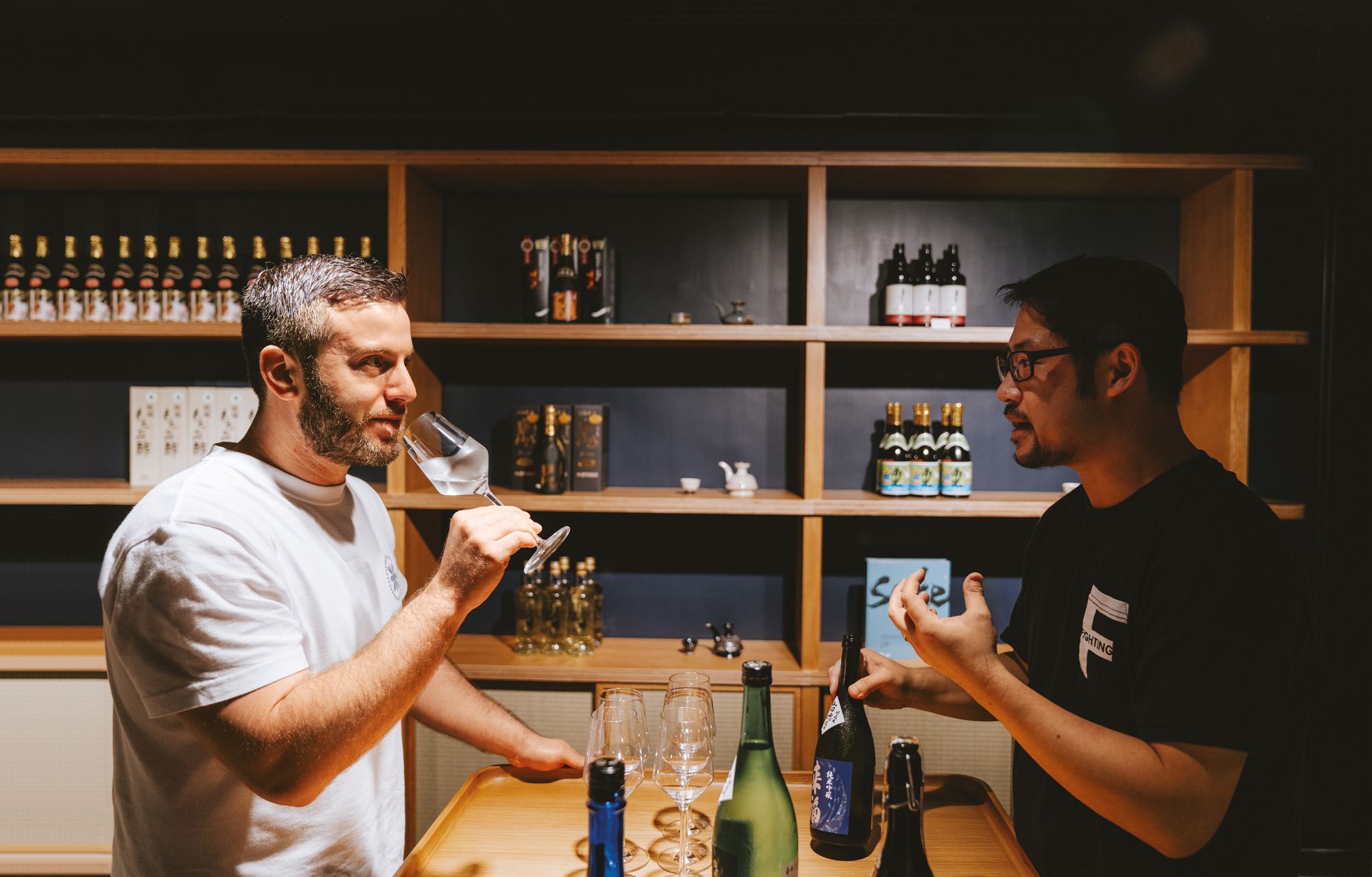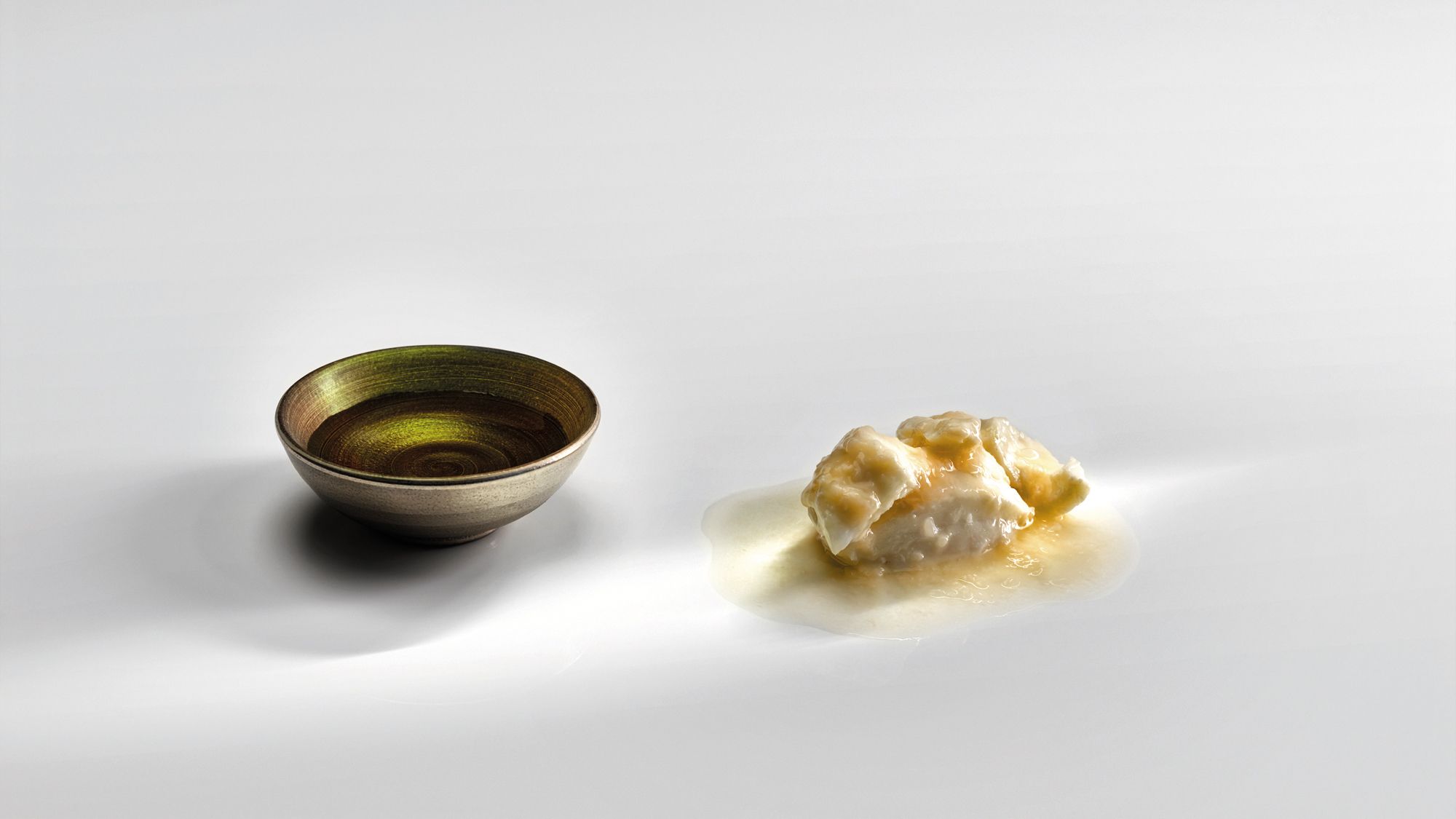From the tables of Hong Kong to Europe, North America and beyond, the traditional Japanese rice wine is increasingly being accepted as an enjoyable and versatile accompaniment to food, and not simply for dishes from the beverage’s Asian homeland
It was a titanic clash of beverage giants—with diners as the ultimate judges. A pairing dinner held at Mr & Mrs Fox restaurant in Hong Kong late last year saw Elliot Faber, beverage director at popular Yardbird restaurant, and a certified sake samurai, pitted against sommelier Yvonne Cheung, who is Swire hotels and restaurants’ director of wine. For each dish, Faber had chosen a sake and Cheung had picked a wine. After every course, diners at the sold-out event voted on which fared—and paired—the best.
Most guests had come along believing that underdog sake would have little chance against the clear favourite of wine, especially with the food served being more European than Asian, and yet sake came out on top. Although Faber wasn’t expecting that result, he was not completely surprised. “I think that we opened up a lot of eyes,” he says. “People didn’t realise that sake is not limited to Japanese food. If you can pair wine with anything, why can’t you pair sake with anything? You can pair wine with sushi, so why not the other way around?”

Faber is a strong proponent of sake, with extensive knowledge of his subject. As well as working with Yardbird, he heads up beverage supply company Sunday’s Distribution, which brings sake to Hong Kong and other markets around the world. And in 2014, alongside Japanese master of sake Hayato Hishinuma, Faber co-authored the hefty, 420-page tome Sake: The History, Stories and Craft of Japan’s Artisanal Breweries.
To understand the growing interest in sake globally, Hishinuma points to the growing acceptance of the taste category long known in Japan as umami, but now also embraced internationally. “Umami has become popular worldwide,” Hishinuma says. “Japanese cuisine has umami, because we have dashi, kombu, mushroom. But Western cuisine has it, too, with dried tomatoes and cheese. It pairs with the amino acids in sake. It’s a more gentle pairing than wine, but a good pairing.”
"Sake is not limited to Japanese food. If you can pair wine with anything, why not sake?"—Elliot Faber
Faber, who hails from Toronto in Canada, agrees with his Yokohama-born friend. “Sake has a high level of amino acids, which is basically umami,” Faber says, “so it sits on the savoury part on the middle of your tongue and is really stimulated with other foods that have umami, so anything with tomatoes, beef, cheese, mushrooms or tofu. A lot of natural ingredients pair really well with sake.”


